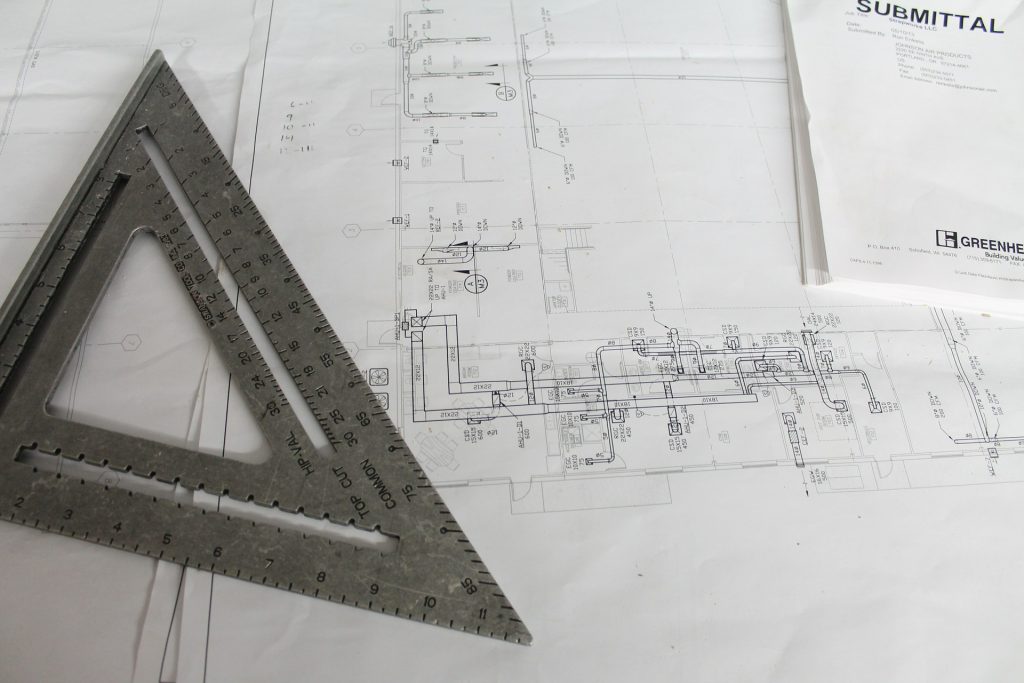The Basics
The CARICOM Regional Energy Efficiency Building Code (CREEBC) has been, perhaps, the single most talked about document concerning energy efficiency in buildings in recent months.
The Code, which was passed by the region’s ministers at the CARICOM Council for Trade and Economic Development (COTED) in 2018 has since picked up momentum, sparking talks of implementation by the CARICOM Energy Unit and the Caribbean Centre for Renewable Energy and Energy Efficiency (CCREEE).

The CARICOM Regional Organisation for Standards & Quality (CROSQ), as the agency which was charged with developing the Code and taking it through the process of acceptance at the Ministerial level, and now adoption at the Member States’ level, has been also attempting to sensitise policymakers, professionals and stakeholders in the building and construction sector about the basics of the CREEBC.
At its very core, the Code’s primary purpose is to reduce member states’ dependence on fossil fuels for energy, which ultimately impacts competitiveness, increases debt and exacerbates environmental issues in the region. It aims to do this by promoting energy efficiency in the building sector, particularly in buildings classified as residential and commercial.
The CREEBC, which combined the International Code Council’s 2018 Energy Efficiency Code, as well as the 2016 American Society of Heating, Refrigerating and Air-Conditioning Engineers (ASHRAE) 90.1 Code, customized it to regional conditions and specifications. Its’ intent is to conserve energy over the “useful life” of each building; provide enough flexibility to encourage innovation, but also to work alongside national safety and health requirements, laws and regulations, while not superseding them.
Here are five basic things you might like to know about the CREEBC:
- Residential and commercial properties are covered by the code as two separate classes of buildings. Residential buildings are detached one- and two-family dwellings and townhouses, which are permanent dwellings withing the R2, R3 and R4 groupings and three-stories or less in height. The R classifications predominantly refer to occupancy, the permanence of the occupants and, in our case, the number of stories in the particular dwelling. Commercial buildings are defined as anything outside of residential parameters.
- While it might seem that such a code would only concern itself with what goes on inside the building, the CREEBC however does not only cover the energy consumed within the building itself, but looks at everything within the property’s boundaries. This includes, but is not limited to, landscape lighting, security lighting, signs and facades, pools, equipment, garages, you get the idea – anything on the property that utilizes a centralized power source.
- The CREEBC sets out the basic, or minimum requirements your property should meet to be deemed “within Code”, but this does not mean that a building cannot be above code. It is possible for a building to exceed the provisions set out, which then puts you at an advantage, but those improvements should still have met the basic requirements. It must be stated that an assessment of the property for CREEBC compliance will grade the property on the provisions set out in this Code.
- Properties which double as both commercial and residential must meet the requirements of the Code individually, i.e. the residential part must meet the residential requirements, and so too must the commercial property for the commercial requirements. They will each be inspected for compliance to be deemed “within Code”.
- The Code can ultimately help you save money in the long run. Yes, it will represent an investment at the outset, but the energy efficient measures implemented by following the Code by both residential and commercial properties will likely see a reduction in your energy costs because of these early investments. Over the life of your property, which could be a significant time if adequately maintained, you will have a building that is energy resilient, healthy, safe and operates at a lower cost than those who have not made such investments.


